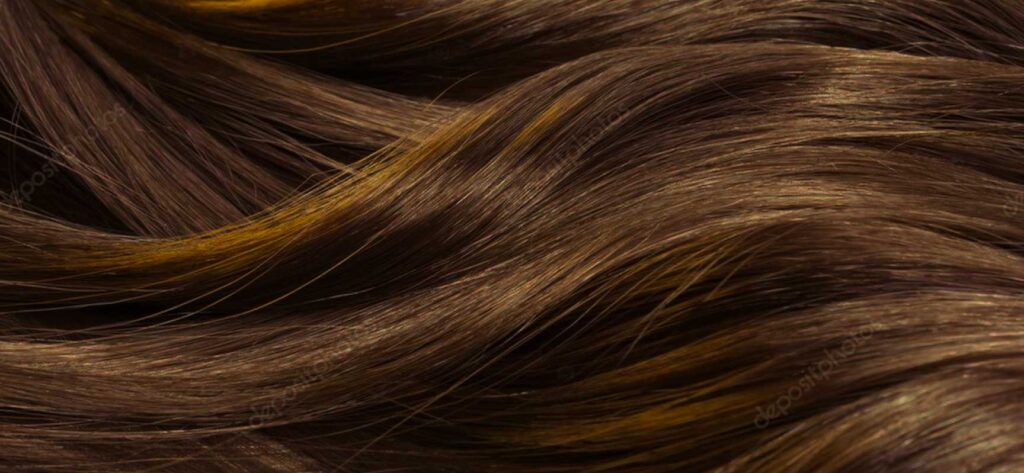What if I told you could regenerate your own hair with your own blood? Sounds interesting right? Well, this statement is rather true. Today in 2019 Doctors around the world are using a special fraction of blood called PRP or Platelet Rich Plasma to regenerate hair. So, what does this process look like?
PRP is a process where a doctor collects around 7-15ml of blood. This is then taken to their lab to be spun in a centrifuge. This highly spun blood separates into layers which the doctor can then remove sections that are wanted (PRP) and discard other sections that are not needed (Red Blood Cells). Once the PRP is removed and isolated it can then be used for treatment.
In this case, PRP is then injected into regions of the scalp where hair loss or hair thinning is taking place. This treatment is typically repeated monthly for 3-6 months. Over this time a patient should experience new hair growth and/or thickening/strengthening of hair follicles. Often times these treatments may be paired with other programs such as diet, nutrition, and medications to have maximum benefit.
But the real question is how does this work? That’s the cool part about PRP: Platelets are cell fragments which sole job is to help elicit healing in areas of trauma or injury. This is primarily done through small proteins called growth factors. These are small messenger signals that are given off. When they are sent to local damaged cells they can signal for repair and growth of new cells. With PRP we are taking this natural healing mechanism and locally applying to areas we want to heal. In the case of hair loss to the scalp directly.
However, there are times where implants and hair transfers may still be necessary. But even in these cases PRP can come to the rescue. Doctors are using PRP treatment post hair transplant to help ensure a better outcome. PRP can help the hairs “set” and becomes part of the patient’s body better. They help with signaling new vasculature to form and protect the transplanted hair follicles from dying. What this means is even after surgery it can help increase the number of surviving transplanted hair follicles.
Just imagine actually growing your hair back. Yes, no more use of “miracle” supplements and creams. No more hiding your scalp under a wig or hat. You can now use your body’s own healing biologics to restore your hair. This is the newest approach in 2019 for regenerating hair and is definitely worth investigating.


